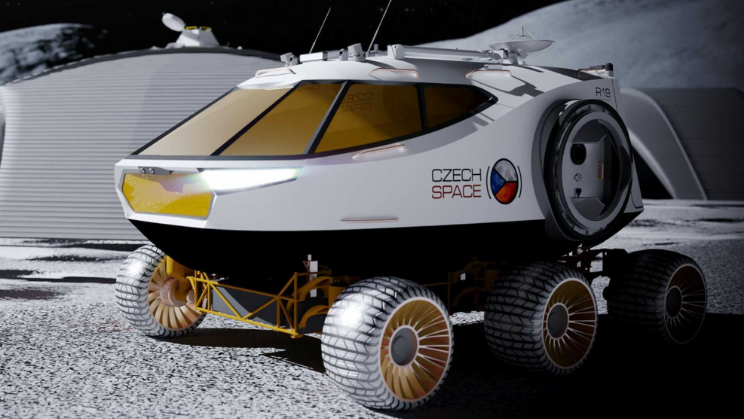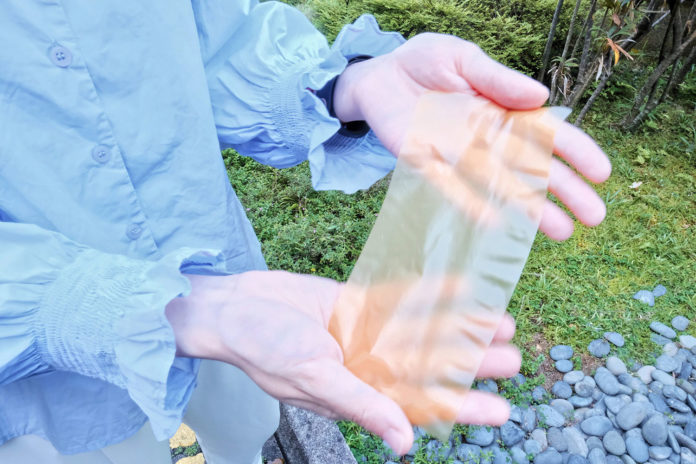NASA’s Curiosity rover has given scientists the strongest evidence of an ancient, almost freshwater lake on Mars that could have sustained life billions of years ago. This discovery is considered to be great as lakes are the perfect environment for simple life to develop.
After analysis of the Martian soil samples taken by Curiosity, scientists have announced:
• The rocks at Mars contained signs of carbon, hydrogen, oxygen, nitrogen and sulphur, which would provide perfect conditions for simple microbial life.
• The sandstone discovered resembles that found in Earth rivers, signifying that a river once flowed into the lake that lies at the foot of a low mountain.
• Although no life forms have been detected in the rocks, the Curiosity rover has drilled into the mud-stone and sandstone rocks and found clay minerals, suggesting an interaction with water.
• Scientists feel these are entirely viable habitable environments for ‘chemolithoautotroph,’ which are small bacterial life forms known to thrive under similar conditions on Earth and are typically found in caves and under the sea in hydro-thermal vents.
Although Curiosity was not designed to hunt for signs of life on Mars, the latest findings provide the strongest evidence that Mars could have been habitable enough for life to take hold.







